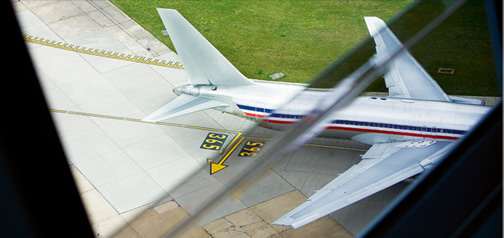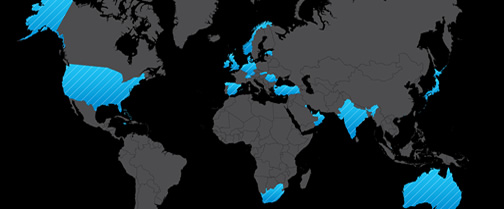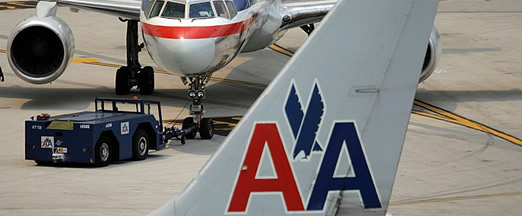US Shutdown
18 October 2013Fifteen minutes don’t go by without another colleague or friend asking me, “What in the world is going on in your country?!”
It’s been 10 years since my departure from The Hill and I have since spent my career helping the rest of the world comprehend and attempt to do business with Washington. In particular, my experience in the global aerospace and aviation industry has focused my attention on the FAA and the ever more complicated web it operates in.
As we approach this year’s ATCA conference, a coming together of the ATC industry and its dealings with the FAA, I’m once again arranging meetings for NATS senior staff and their counterparts aiming to test the progress of NextGen and global harmonization. But this year the other topic of conversation will be “the shutdown”.
Self-supported
This past July 4th, I shared my views on the advantages to Government regulation of a self-supporting air navigation service provider (ANSP) and the various forms it can function in. A successful economic framework with clear lines of accountability exists in every developed country around the world except, it would appear, the USA; a theme regularly emphasized by transport policy expert, Robert Poole of the Reason Foundation, who is coincidentally moderating a panel at this year’s event with speakers including NATS Managing Director of Operations – Martin Rolfe. I imagine the same points will be heard as industry and Government come together again to discuss the obvious; progress is happening but slowly.
Shutdown – what happens now?
With the sequester here to stay, the FAA is forced to slip major programs under NextGen to the right, leaving even the most obvious challengers to Air Traffic Organisation (ATO) commercialization including the Union and the General Aviation community to consider alternative proposals as they accept the severity of maintaining the status quo.
Fortunately, essential services including air traffic operations will continue, but frustratingly the majority of staff accountable for modernization and contract management must be furloughed. All this does is magnify the question, “What qualifies as essential government operation?” How much longer can competitive air traffic operations be likened to government services like the IRS and FTC while other services like electric utility, rail transport and US postal service have all trialled self-funding? The successful case for regulatory oversight in safety and performance of a self-funded air traffic service provision has been made in 38 countries and growing, all of whom have faced similar complexities and/or scalability challenges.
Public-Private Partnership
The ATM funding model in the UK is unique in its structure and application. NATS became a public-private partnership (PPP) in 2001, and at that time it was debated hard by politicians who feared that a privatised ATM company would put profit before safety. But it has worked well for us, as performance has consistently improved without any jeopardy to to safety.
PPP may not be the answer for the US, but commercialization has certainly been a powerful catalyst for driving efficiency and promoting collaboration with our customers – and it drives a culture that is motivated to achieve benefits.
Find out more
Take a look at our latest Annual Report to gain an insight to how NATS is performing as a public-private partnership. You can also download a brochure we produced last year ‘NATS – 10 years as a Private Company’ for more information about our PPP journey.
Comments
Please respect our commenting policy and guidelines when posting on this website.



